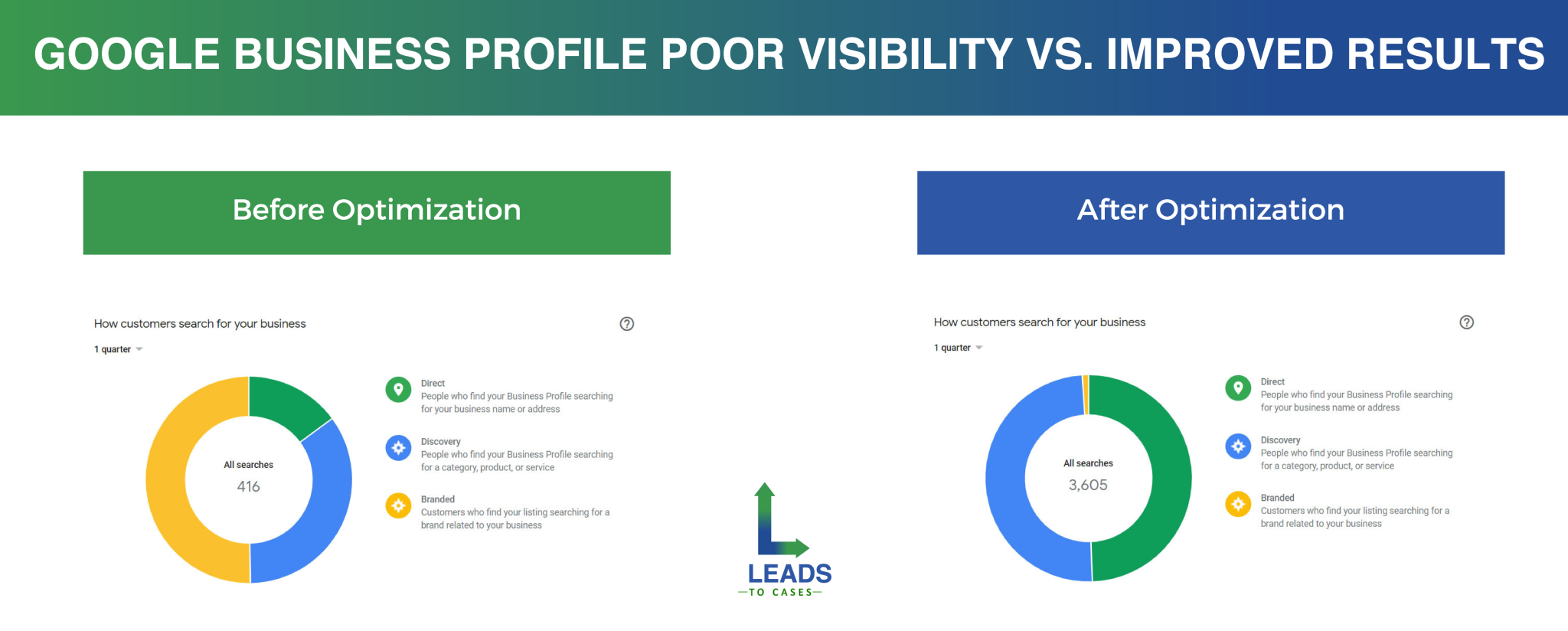
If you’ve ever binge-watched a show on Peacock, streamed anything live on Vimeo, or tuned in to your favorite network like Kodi, then you’ve experienced OTT Streaming TV.
OTT represents any content delivered directly to an audience via streaming over the internet. This means that you are bypassing traditional cable.
Streaming TV ads (OTT ads) are then watched by the audience viewing this content.
In this guide you will learn about the importance of advertising using Streaming TV (OTT), define common acronyms for services, and find out how Leads To Cases will help you effectively use Streaming advertising to deliver your law firm’s message.
OTT Acronym Definition
As mentioned, Streaming TV or OTT is content that is delivered via the internet. Your audience can subscribe to a streaming service instead of paying for cable television or satellite service. One of the advantages of using Streaming TV is that viewers can watch programs using a range of devices like tablets, mobile phones, and gaming consoles like X-box or PlayStation. But, most people watch OTT on Connected TV (CTV).
The modern term for households minimizing their Cable TV services is “cord-cutting” and an estimated 46 million households will be participating in the cord-cutter movement by 2024.
This presents a massive opportunity for law firms to start incorporating Streaming Advertising into their game plan for the New Year.
Related Acronyms You Need To Know About
Connected TV (CTV) A device that connects to your television like X-box, Roku, Apple TV, or Amazon Fire TV. Many households prefer this type of streaming service option vs. traditional cable television.
TV Everywhere (TVE) This is an authenticated video streaming on-demand platform. Essentially, it gives you access to watch TV shows from network websites on the internet using a variety of devices.
Video On Demand (VOD) This is not the same thing as Live Streaming. VOD is recorded before you view it, and you have access to this recorded content without the need for a traditional playback device.
The Differences between OTT, CTV, and VOD.
It’s easy to get confused by all these different acronyms as they are extremely similar.
Think about it like this:
OTT: Content is delivered via the internet.
VOD: How content is accessed (watching ads, subscriptions, etc.)
CTV: Devices used to access the content.
OTT Cord-Cutter Movement:
Can you guess what age groups are participating in the cord-cutting lifestyle?
The answer may surprise you.
74% of cord cutters are between the ages of 18-34
63% of cord cutters are between the ages of 35-54
57% of cord cutters are between the ages of 55 and over
Why Your Law Firm Should Be Using Streaming Advertising
If you are an attorney looking to increase the number of leads you generate this year, you should be considering Streaming Advertising in 2023.
- These are just a few reasons Streaming Advertising can be your most valuable asset this year.
- Lower Cost of Entry
- Brand Awareness
- Targeted Audience
- Marketing Campaign Synergy
- Unskippable Ads
Streaming Advertising Best Practices
Introduce your law firm’s brand and message at the beginning of the ad.
Tailor your content and messaging to be appropriate for your target audience.
Use effective CTAs and make sure you clearly define the call to action.
Make sure your ad will work on TV, as well as all the other devices used for streaming.
Measuring Streaming (OTT) Advertising
Fortunately, law firms today have more ways than ever to measure Streaming TV advertising effectiveness. Together, we will use different sets of metrics to assess the success of the unique goals of the campaign. CTV and OTT platforms provide customized experiences to the audience based on their individual accounts, TV-watching behaviors, and IP addresses, these are used to create in-depth data profiles.
Connecting The Dots and Recommendations
Identify your target audience:
Just like with any other advertising campaign, it’s important to
know who you want to reach with your OTT/CTV ads. Consider the demographics, interests, and
behaviors of your target audience, and think about how your product or service can meet their
needs.
Set your advertising goals:
What do you want to achieve with your OTT/CTV campaign? Do you
want to increase brand awareness, drive sales, or generate leads? Setting clear goals will help
you measure the success of your campaign and make any necessary adjustments.
Choose your advertising platform:
There are many OTT/CTV platforms available, including
streaming services like Netflix and Hulu, as well as apps on smart TVs and streaming devices like
Roku and Apple TV. Consider the reach and demographics of each platform to determine which
one is the best fit for your law firm.
Create your ad:
Once you’ve chosen your platform, it’s time to create your ad. This can include
writing copy, designing graphics, and selecting music or sound effects. Make sure your ad is
visually appealing and clearly communicates the benefits of your product or service.
Determine your budget:
Determine how much you’re willing to spend on your OTT/CTV
campaign. This will help you decide how many ads you can afford to run and for how long.
Measure your results:
It’s important to track the success of your OTT/CTV campaign. Use tools
to see how many people viewed your ad and took actions like visiting your
website or signing an agreement. This will help you determine if your campaign
was effective and make any necessary adjustments.














Post a comment